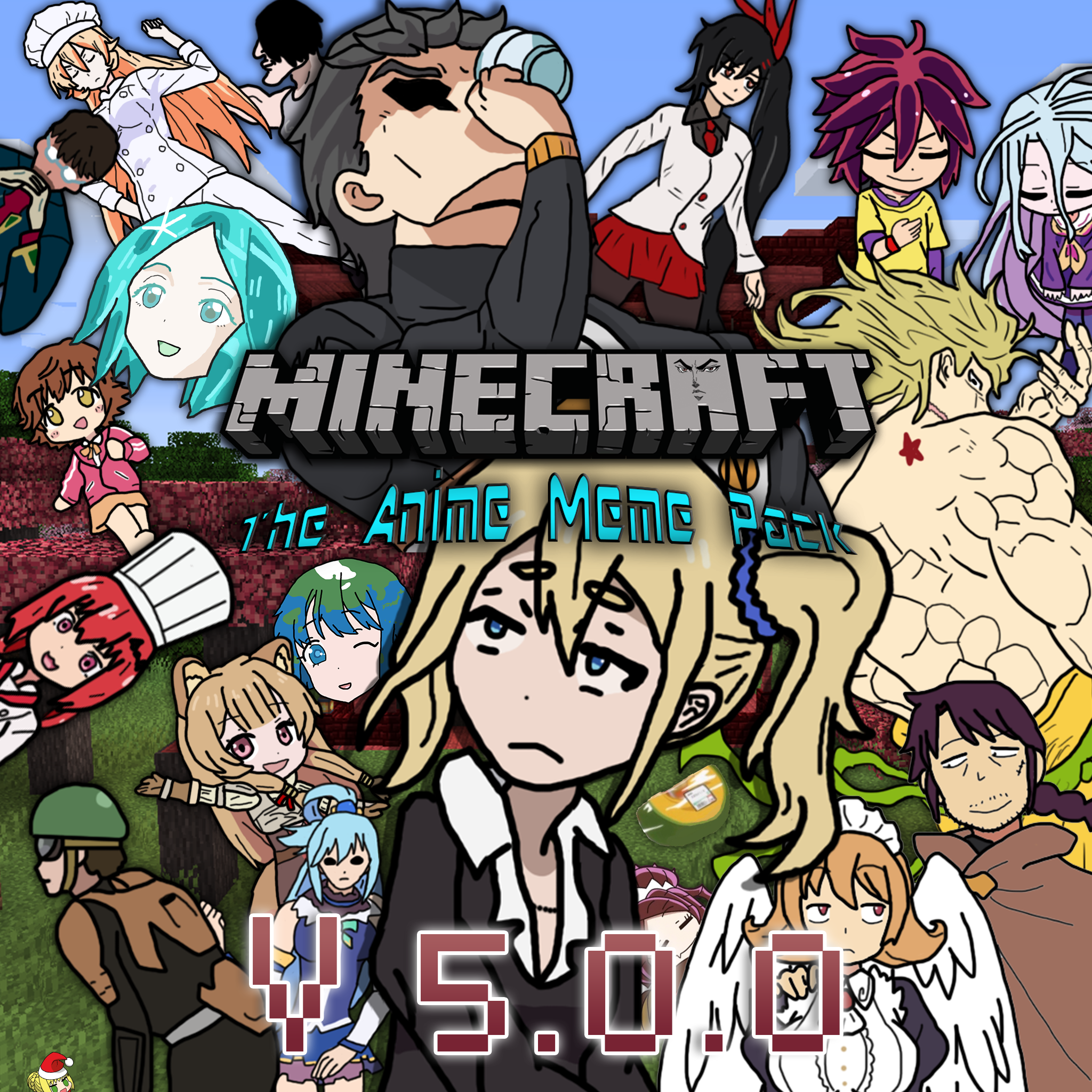


In the mid-1980s, the term anime began to supplant Japanimation in general, the latter term now only appears in period works where it is used to distinguish and identify Japanese animation. Prior to the widespread use of anime, the term Japanimation was prevalent throughout the 1970s and 1980s. (For example: "Do you watch anime?" or "How much anime have you collected?") As with a few other Japanese words, such as saké and Pokémon, English texts sometimes spell anime as animé (as in French), with an acute accent over the final e, to cue the reader to pronounce the letter, not to leave it silent as English orthography may suggest. In English, anime-when used as a common noun-normally functions as a mass noun. Some sources claim that the term is derived from the French term for animation dessin animé ("cartoon", literally 'animated design'), but others believe this to be a myth derived from the popularity of anime in France in the late 1970s and 1980s. The English word "animation" is written in Japanese katakana as アニメーション ( animēshon) and as アニメ ( anime, pronounced ( listen)) in its shortened form. The etymology of the term anime is disputed. Other definitions are based on origin, making production in Japan a requisite for a work to be considered "anime". English-language dictionaries typically define anime ( / ˈ æ n ɪ m eɪ/) as "a style of Japanese animation" or as "a style of animation originating in Japan". In Japanese, the term anime is used to refer to all animated works, regardless of style or origin. Īs a type of animation, anime is an art form that comprises many genres found in other mediums it is sometimes mistakenly classified as a genre itself. In 2019, the annual overseas exports of Japanese animation exceeded $10 billion for the first time in history. As of 2016, Japanese anime accounted for 60% of the world's animated television shows. Since the 1980s, the medium has also seen international success with the rise of foreign dubbed, subtitled programming and its increasing distribution through streaming services. The anime industry consists of over 430 production companies, including major studios like Studio Ghibli, Sunrise, Bones, Ufotable, MAPPA, CoMix Wave Films and Toei Animation. Diverse art styles are used, and character proportions and features can be quite varied, with a common characteristic feature being large and emotive eyes. Compared to Western animation, anime production generally focuses less on movement, and more on the detail of settings and use of "camera effects", such as panning, zooming, and angle shots. It combines graphic art, characterization, cinematography, and other forms of imaginative and individualistic techniques. It is classified into numerous genres targeting various broad and niche audiences.Īnime is a diverse medium with distinctive production methods that have adapted in response to emergent technologies. In addition to original works, anime are often adaptations of Japanese comics ( manga), light novels, or video games. Anime is distributed theatrically, through television broadcasts, directly to home media, and over the Internet. A characteristic art style emerged in the 1960s with the works of cartoonist Osamu Tezuka and spread in following decades, developing a large domestic audience.

The earliest commercial Japanese animations date to 1917. Animation produced outside of Japan with similar style to Japanese animation is referred to as anime-influenced animation. However, outside of Japan and in English, anime is colloquial for Japanese animation and refers specifically to animation produced in Japan. In Japan and in Japanese, anime (a term derived from the English word animation) describes all animated works, regardless of style or origin. Anime ( Japanese: アニメ, IPA: ( listen)) is hand-drawn and computer animation originating from Japan.


 0 kommentar(er)
0 kommentar(er)
